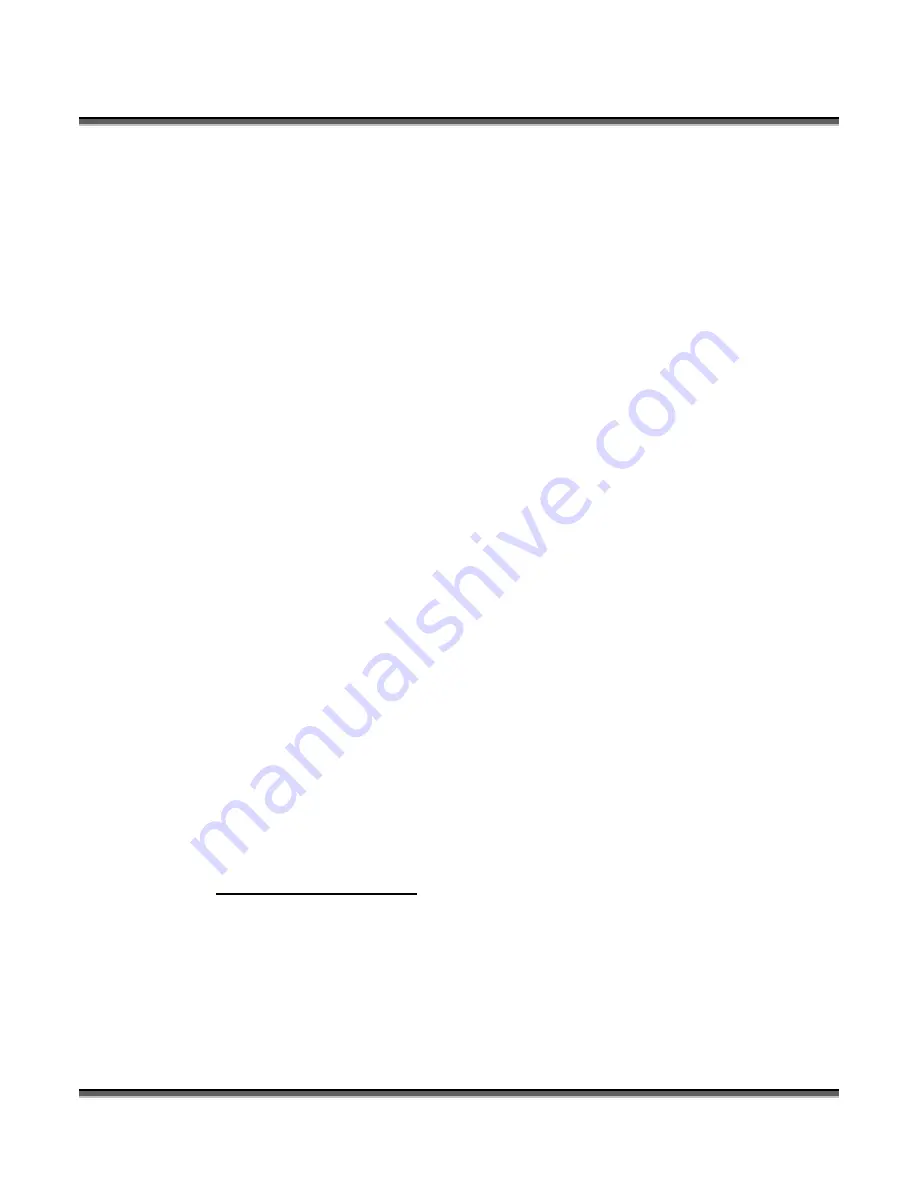
Section 10: Material Engraving Techniques
118
piece. Therefore the majority of laser users will stick with Cherry, Alder, Walnut or
Maple.
The differences between Cherry and Alder are little. The grain, color and densities
are nearly identical. The color of these two woods is a light red. We recommend
stains that are clear allowing the natural color to show through. Alder isn’t quite as
expensive as Cherry and it is a little more readily available. Walnut is a dark brown
in color and has a greater density than either Cherry or Alder. Maple is light blonde
in color and has a density that is even greater than Walnut. It is important to mention
the density, because it will take a little more laser power to cut and to engrave to the
same depth in woods that have greater densities.
Manufactured Wood Products
Plywood
Standard building grade plywood is a material that usually does not produce an
acceptable result when engraved. It is also a very difficult material to cut. Plywood
is constructed of layers of wood glued together. Since the grain of the wood chips in
the plywood run in different directions it is difficult to obtain a consistent depth when
engraving. Air bubbles within the plywood cause problems because they severely
disrupt the laser beam when cutting. Because of the air bubbles and other factors it is
virtually impossible to cut cleanly through plywood.
There are specialty plywood products that can be found in hobby shops or
specialty wood stores that will engrave and cut much nicer than standard
plywood products purchased through your local lumber supplier.
Wood Engraving Techniques
To create a quality image on wood, contrast and depth are desired. The higher the
power levels, the higher the contrast and depth will be.
Speed and Power Settings
- Wood is a great material to laser engrave because it
discolors when engraved and the depth of engraving is greater than most materials.
The downside is that it takes a lot of power to deeply engrave wood at high speeds.
Most wood can be engraved using full power no matter whether you are using a 25-
watt laser or a 120-watt laser. Depending on the wattage of your laser, the best
approach is to set the laser power at 100% and adjust the speed to obtain the desired
depth.
Summary of Contents for LEGEND 24EX 6000
Page 2: ...ii THIS PAGE WAS INTENTIONALLY LEFT BLANK ...
Page 14: ...Introduction xiv THIS PAGE WAS INTENTIONALLY LEFT BLANK ...
Page 15: ...1 Manual Legend Setup ...
Page 16: ...2 THIS PAGE WAS INTENTIONALLY LEFT BLANK ...
Page 36: ...Section 2 Safety 22 THIS PAGE WAS INTENTIONALLY LEFT BLANK ...
Page 38: ...24 THIS PAGE WAS INTENTIONALLY LEFT BLANK ...
Page 70: ...Section 6 Using Your Legend System Quick Setup 56 ...
Page 71: ...57 Manual Basic Operations and Maintenance ...
Page 72: ...58 THIS PAGE WAS INTENTIONALLY LEFT BLANK ...
Page 86: ...Section 7 Using the Epilog Legend Print Driver 72 THIS PAGE WAS INTENTIONALLY LEFT BLANK ...
Page 91: ...Section 8 Using the Epilog Legend Systems 77 Legend LCD Menu Headings LCD Graphic Display ...
Page 125: ...Section 10 Material Engraving Techniques 111 ...
Page 135: ...121 Manual Advanced Operations ...
Page 136: ...122 THIS PAGE WAS INTENTIONALLY LEFT BLANK ...
Page 174: ...Section 12 Engraving Machine Maintenance 160 THIS PAGE WAS INTENTIONALLY LEFT BLANK ...
Page 180: ...166 THIS PAGE WAS INTENTIONALLY LEFT BLANK ...
Page 181: ...167 Manual Troubleshooting Service and Specifications ...
Page 182: ...168 THIS PAGE WAS INTENTIONALLY LEFT BLANK ...
Page 216: ...202 THIS PAGE WAS INTENTIONALLY LEFT BLANK ...
Page 224: ...Setting Up a Network Connection 210 THIS PAGE WAS INTENTIONALLY LEFT BLANK ...
































